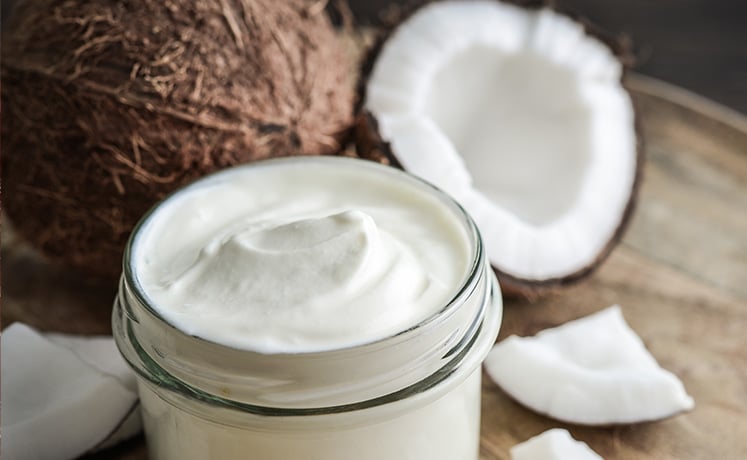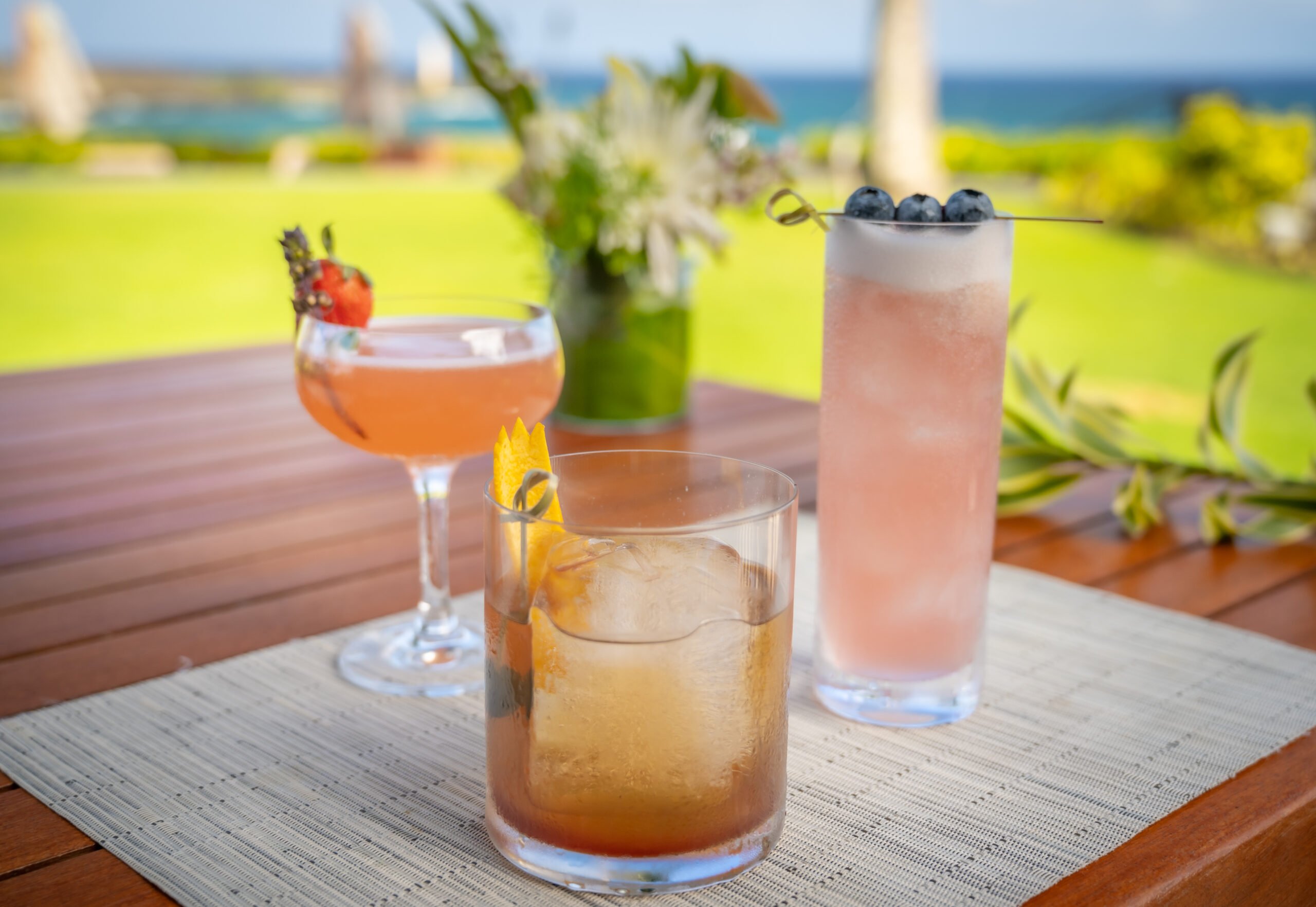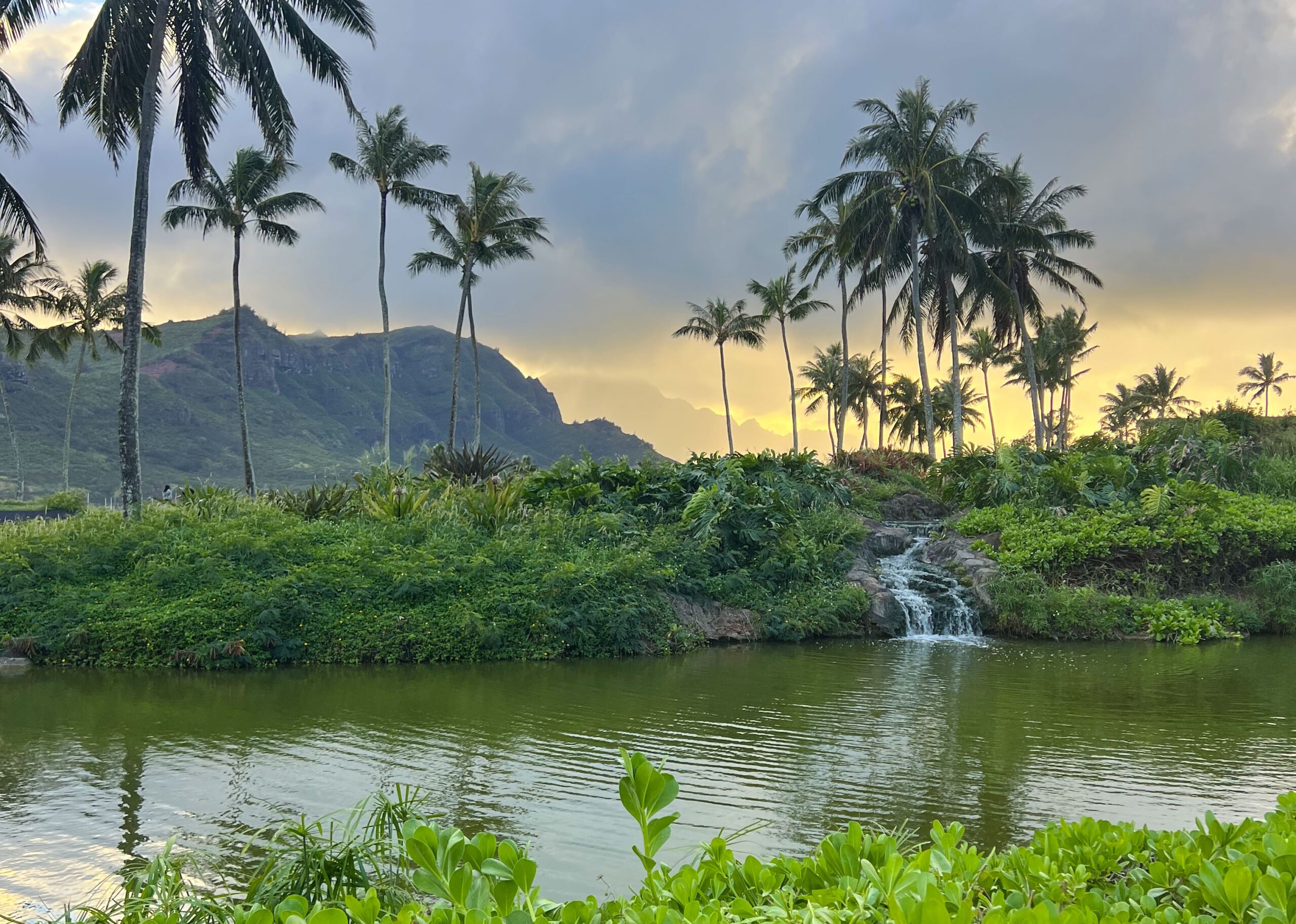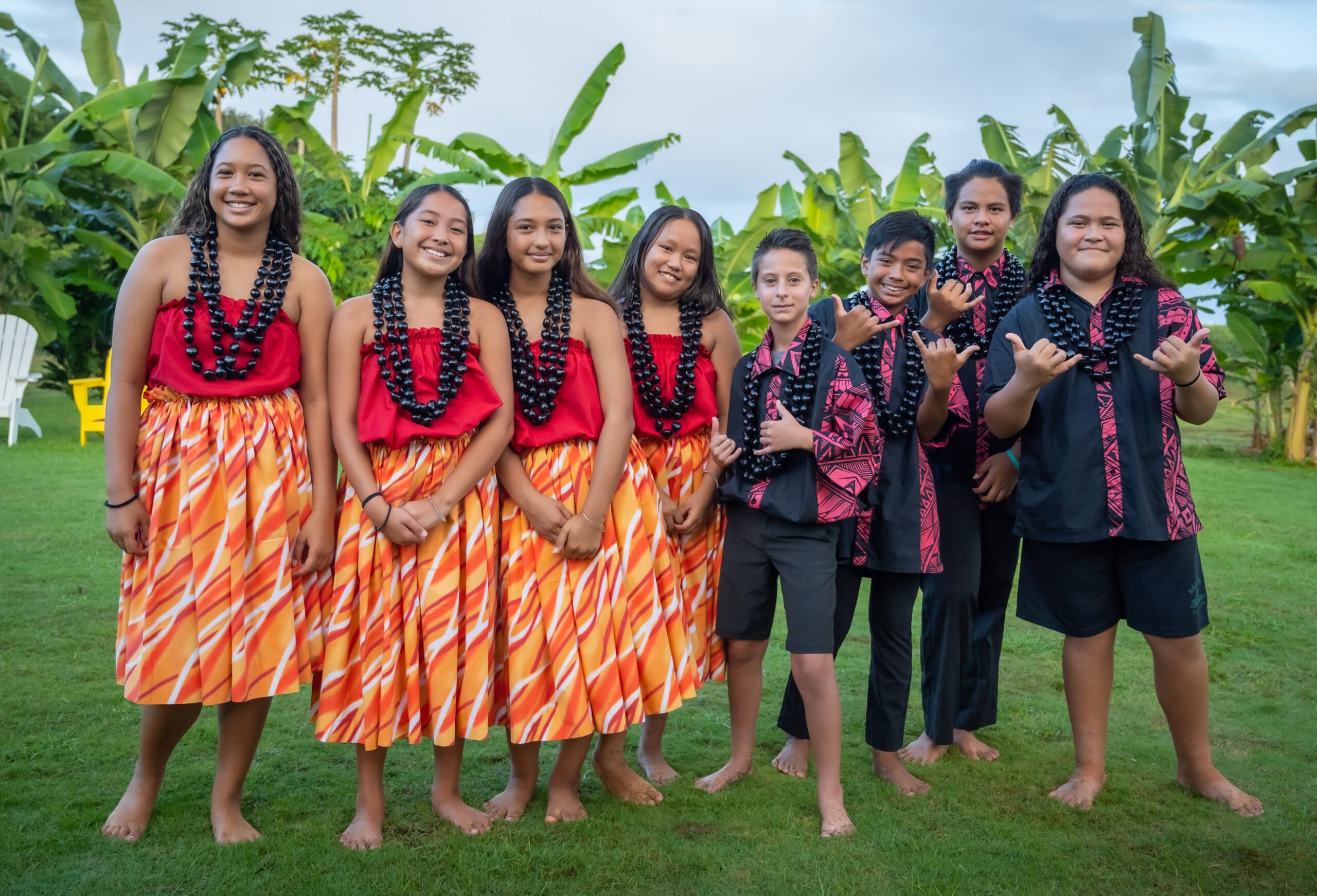Exploring Canoe Crops in Hawaii
January 24, 2022

Thousands of years ago, Polynesian voyagers carefully packed only their canoes in search of new lands. With limited space on their vessel, navigators chose to travel with a series of plants with both nutritional and medicinal properties, now appropriately named canoe crops or canoe plants. These purposefully-chosen plants were used to sustain navigators on the journey and selected with the intention of propagating crops and preserving culture at their next destination. Canoe crops are now a fundamental part of Hawaii’s intricate ecosystem, culinary scene, medicine, and culture.
THE JOURNEY
Taking to the sea in wa’a kaulua (double-hulled voyaging canoes), the first migrants to Hawaiʻi arrived in waves from the Marquesas Islands, Tahiti, and other island groups over the course of several centuries. As a result of these waves of migration, around 25 canoe plants have been identified in Hawaiʻi. Traveling with resources was a way for navigators to utilize their assets in new lands, and sustain themselves with food, medicine, and shelter. Many of the canoe plants have several uses as well. For example, the kukui nut can be used to make candles or torches, while the sap from the kukui nut tree has healing properties.
Voyagers also introduced several animal species to the islands, with the purpose of either companionship (dogs) or food (pigs and chickens.) As settlers transversed back and forth in several waves of migration to the islands, with them came more resources. As a result, the livestock and plant population grew exponentially with the notion of sustainability in new lands.
THE PLANTS
Here at the Farm at Hōkūala, we grow many of the canoe plants, including niu (coconuts,) ‘ulu (breadfruit,) noni, kalo (taro,) bananas and more. Many of the plants assumed to be indigenous to Hawaiʻi were actually brought here by early settlers. You can learn more about canoe plants at the National Tropical Botanical Garden right here on Kaua’i.
Here are a few of the two-dozen canoe plants that have enriched Hawaiian culture for generations:
1.‘ULU (BREADFRUIT)
‘Ulu, or breadfruit is a starchy vegetable, often compared to the potato…but with more health benefits. The pure volume of ‘ulu (20-50 fruits per tree at 4+ lbs each!) helped to sustain ancient Hawaiian communities for months at a time.
BENEFITS:
- Packed with nutrients
- Lowers cholesterol
- Reduces the rate of glucose absorption, aka helps you feel full longer!
- Rich in antioxidants and anti-inflammatory properties
USES:
‘Ulu became a cultural staple for ancient Hawaiian as a source of food and supplies. The breadfruit tree was an important source of wood for canoes, drums, surfboards, and building hales. The bark was used for clothing (kapa), and the sticky sap from the tree itself served its purpose for caulking, skin salve, and even chewing gum!
RECIPE:
Try this superfood for yourself with a delicious recipe for Breadfruit “Mashed Potatoes” from local author Tiana Kamen’s book Farm to Keiki.
2. ‘AWAPUHI KUAHIWI HAU (SHAMPOO GINGER)
Originating in India, ‘awapuhi kuahiwi hau, or ‘awapuhi ginger made its way to Hawaiʻi and found the perfect environment to flourish. The`awapuhi is said to be one of the kinolau, multiple forms, of the Hawaiian deity Kane. No wonder is it so regal!
BENEFITS:
- Hair and skincare benefits
- Medicinal and healing benefits
- Aromatics for cooking
USES:
Haircare: Most popularly, ‘awapuhi ginger is known for its hair haircare benefits. The slimy gel on the flower’s head is used widely in haircare to soften hair cuticles and restore breakage while adding shine. The gel can also be applied to skin to increase elasticity and softness.
Medicine: The root of the plant can be made into a tea to cure indigestion or cooked, softened and applied to a toothache or cavity for relief. Traditionally it was also ground and mixed with ripe noni fruit and used to treat severe sprains as well.
Cooking: The leaves and leaf stalks of the plant were traditionally included to enhance the flavor of pork and fish as they cooked in the imu.
Check out this video to see ‘awapuhi ginger shampoo in action!
3. KALO (TARO)
E kanu i ka huli ʻoi hāʻule ka ua translates to “Plant the taro stalks while there is rain.” This Hawaiian proverb is an important one, as it means to do your work when the opportunity affords, a cherished value in Hawaiian culture. Kalo, or taro, has long been a staple in Hawaiian diets.
BENEFITS:
- Nutrient and fiber-dense
- Good for skin health
- Helps with weight loss
- Helps control blood sugar
- Reduces risk of heart disease
- Anti-cancer properties
- Good for gut health
- Boosts immune system
USES:
Poi: Steamed and mashed taro root – a common first food for Hawaiian-born babies!
Taro chips: Think purple potato chips
Taro buns: Sweetened taro paste inside pastry dough
Taro cakes: Mix cooked taro with seasonings and pan fry until crispy
RECIPE:
How to Cook Taro from local author Tiana Kamen’s book Farm to Keiki.

4. NIU (COCONUTS)
The coconut plant has a distinct purpose from leaves to coconut meat, husks to palm fronds. It can be used to create shelter and clothes, while also providing food, drink, recreation and more.
BENEFITS:
- Overall health – Rich in healthy fats, which help to balance blood sugar levels, reduce inflammation, fuel the nervous system and boost energy
- Diverse and sustainable uses
USES:
Flesh/meat: Food, milk, flour
Water: Electrolyte and potassium-rich beverage essential to hydration
Oil: Cooking, skin, hair, makeup remover, antifungal, antibacterial, you name it!
Shells: Traditionally used to steam food or create instruments
Husks: Fabric and ropes
Palm fronds: Thatching and weaving
RECIPE:
Fresh coconut milk from local author Tiana Kamen’s book Farm to Keiki.

THE LEGACY
Sabra Kauka, a respected kumu (teacher) and cultural practitioner said it best:
“The culture cannot survive without the plants.”
The canoe plants are more than popular dishes or spa treatments, they are the heart of Hawaiian culture. Each plant was carefully chosen with a purpose by Polynesian ancestors and will provide sustainable options for generations to come.







